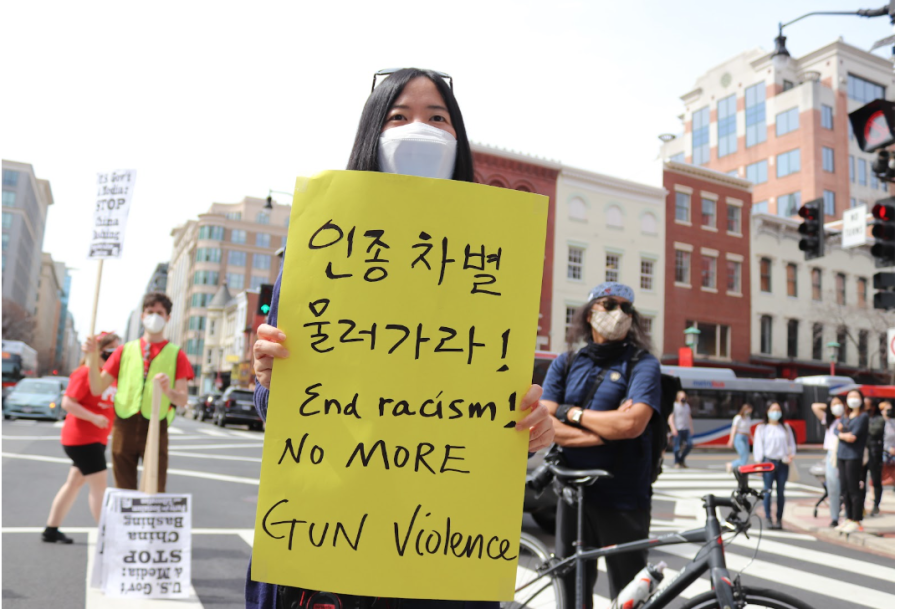Why Observe AAPI Month?
June 2, 2023
You’ve probably heard that May is “AAPI Month” or, more recently, “AANHPI Month” somewhere, whether through the showcase near the main office, a Google Doodle, or Instagram and Twitter. It’s great that you know it’s celebrated in May, but I find that a lot of people — yes, even including myself, a Korean-American person — don’t really know how this month came to be.
Believe it or not, the U.S. only began to observe an “Asian-American Pacific Islander Month” in 2009, under President Obama. However, the push for a heritage month originated far earlier in 1976, when congressional staffer Jeanie Jew, a fourth-generation Chinese-American, proposed the idea to fellow congressman Frank Horton. In June 1977, Horton introduced Jew’s vision to the House of Representatives, proclaiming the first ten days as “Asian Pacific Heritage Week.” Following this proposition, President Carter signed a joint resolution for the celebration in 1978. By 1992, President Bush would officially designate May as “Asian Pacific American Heritage Month.” Last year, a presidential proclamation expanded this month to include Native Hawaiians. May was specifically chosen to commemorate the first immigrant from Japan to the U.S. arrived on May 7, 1843, and the completion of the transcontinental railroad, with the help of over 20,000 Asian immigrants, on May 10, 1869.
There are perpetual debates over the nebulous definition of being “Asian-American.” Still, the U.S. Census Bureau classifies “people of Asian descent” as “having origins in any of the original peoples of the Far East, Southeast Asia, or the Indian subcontinent,” including, but not limited to China, Japan, Thailand, Malaysia, Korea, India, Cambodia, Vietnam or the Philippines.” Generally, most people tend to think of an East Asian person as typically “Asian” — South Asians and Southeast Asians are often overlooked, despite being every bit as Asian as a Korean or Chinese person.
Additionally, in light of increased hate crimes against people of Asian descent in recent years (largely due to the COVID-19 pandemic’s origins in China), this month is particularly significant in the continued struggle to “Stop Asian Hate,” bringing national attention to injustices like the recent mall shooting in Allen, Texas; four of the eight casualties were Asian-American individuals. According to NBC, anti-Asian hate crimes increased by 339 percent nationwide in 2022, not including the many bias-motivated crimes that go unreported, generally due to shame or feeling that the local authorities would not help them. Because of this, observing AANHPI Month is also symbolic, as it recognizes the suffering various Asian-American communities have endured due to xenophobia and racism in the past and, unfortunately, the present.
As long as hate crimes against people of color are continuously put on the back burner, young Asian Americans will constantly grapple with the fear of being targeted for the immutable shape of their eyes and the color of their skin; the fear of being memorialized as nothing but another statistic; the fear of being ostracized because of the food they eat or the language they speak. We observe AANHPI Month in May in the hopes of paving the way for a future where no child has to hear about their grandmother being assaulted while running errands and wonder when, not if, they’re next.

